Too often, engineers view power devices as simple commodities and look for the cheapest component they can get. However, what few realize is that these tiny devices can make or break a design by offering the robustness and performance that the final users expect. Here were the most memorable blog posts on power management in 2018.
A New Challenger in Electric Vehicles

2018 was a very symbolic year for electric vehicles because the first models using Silicon Carbide MOSFETs and SiC Diodes officially hit the road. These new power components have the potential to transform the industry by making battery-powered vehicles ubiquitous thanks to their inherent properties. Manufacturers can shrink power management modules by about 70 %, which means that they can simplify their designs and offer vastly better performance. The SiC revolution is now in motion, and we can expect the material to be even more prevalent with each passing year.
Three Coils for Qi Wireless Charging or Nothing
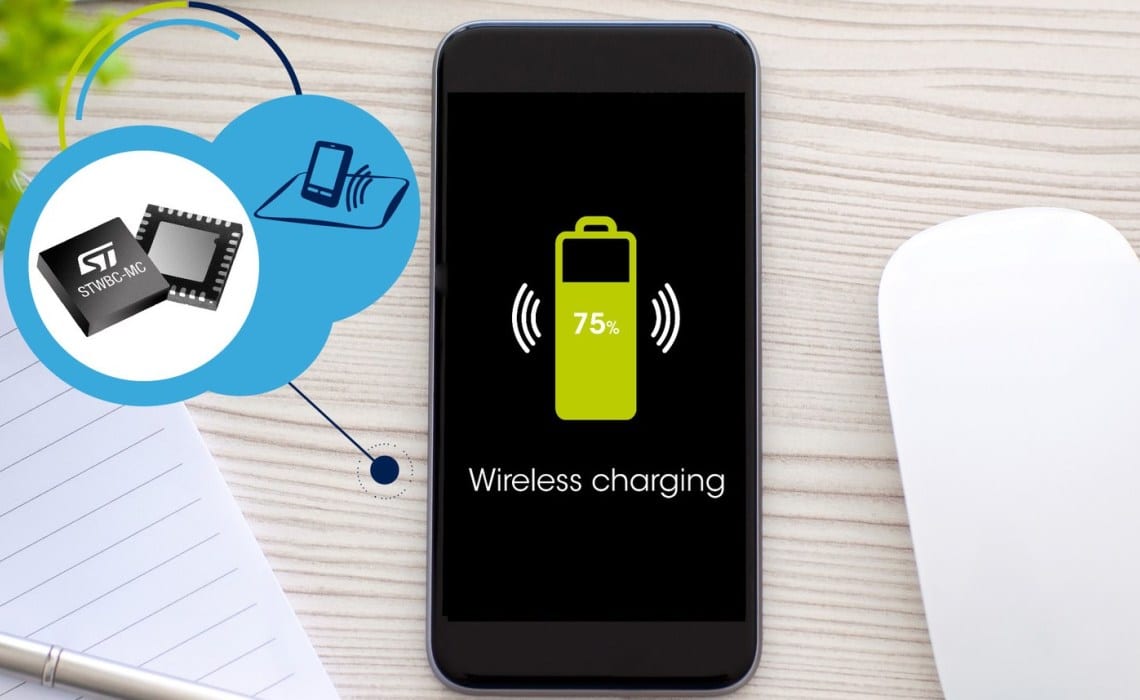
The STWBC-MC was the first Qi Extended Power Profile wireless charging transmitter with three coils, which helps benefit from a much larger charging surface. As a result, consumers can also enjoy fast wireless charging technologies from all the major phone manufacturer thanks in part to the integration of a digital DC-DC converter. It also benefits from triple pass demodulation to optimize charging operations despite a high level of ambient noise. We also offer a Graphical User Interface, the STEVAL-ISB047V1, to help developers configure the transmitter.
To FERD or not to FERD, That is the Question!
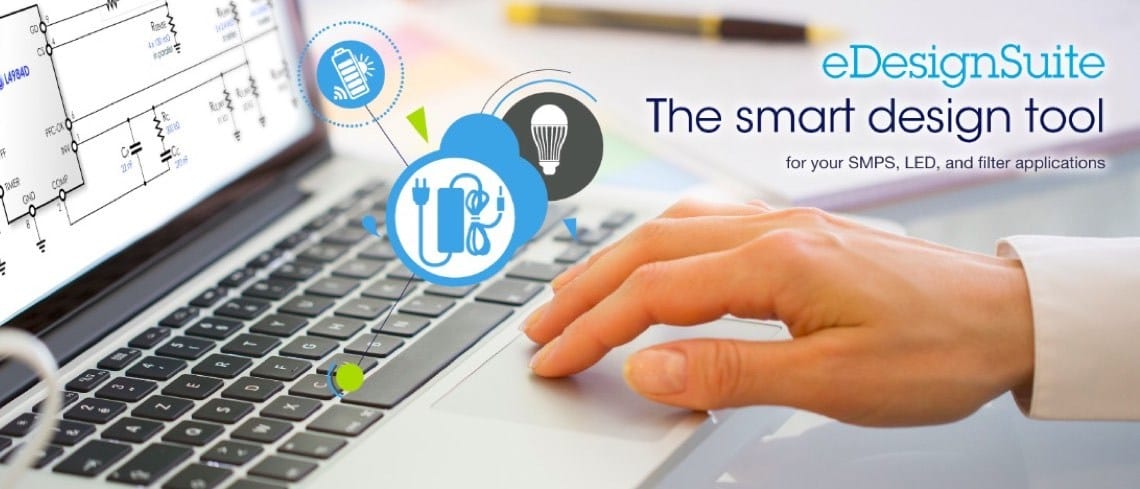
Our new Power Schottky & FERD eTool is the first solution in the industry to perform power losses calculations to ensure engineers know what to choose between a Schottky and a Field Effect Rectifier Diode (FERD). Teams working on a Switched-Mode Power Supply can thus have the assurance that they are choosing the right part number for their designs. FERDs are increasingly popular, but they don’t necessarily fit every system. The tool is thus the best way to know what component will offer the best performance in a particular PCB.
When They Go High, We Go Low-Side
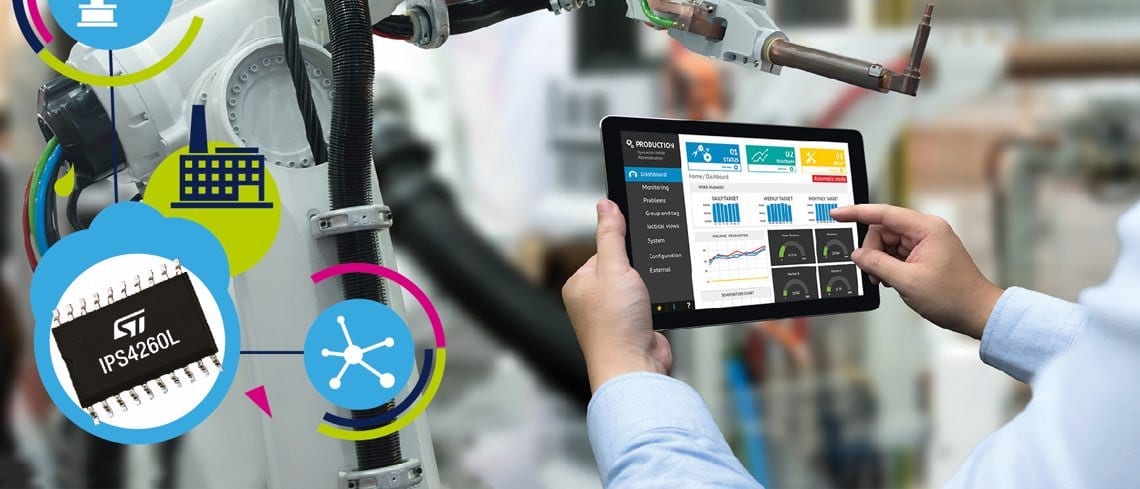
The IPS4260L is our first integrated quad low-side power switch. It incorporates a lot more features than traditional discrete solutions thanks to diagnostic and protective functionalities. The device can, therefore, guard itself against low-dissipative short-circuit and communicate with an MCU to help developers create smart applications that can better adapt to various situations. It also has minimal resistance, despite all its monolithic architecture, and a wide operating voltage to ensure that it can work on a 24 V bus and still survive significant voltage variations.
It’s the Beach Body of Schottky Diodes

We released SOF123Flat and SOD128Flat packages for our Schottky and ultra-fast diodes for general, industrial, and automobile applications. They help save cost and significantly improve the reliability of a particular design because they are easier to install on the PCB and significantly increase the power efficiency of the overall system. The new package also helps dissipate heat better, despite its smaller size. They were thus highly symbolic because they showed the substantial impact that a thinner and superior package can have on the performance of a product.
The Road Runner of LDOs
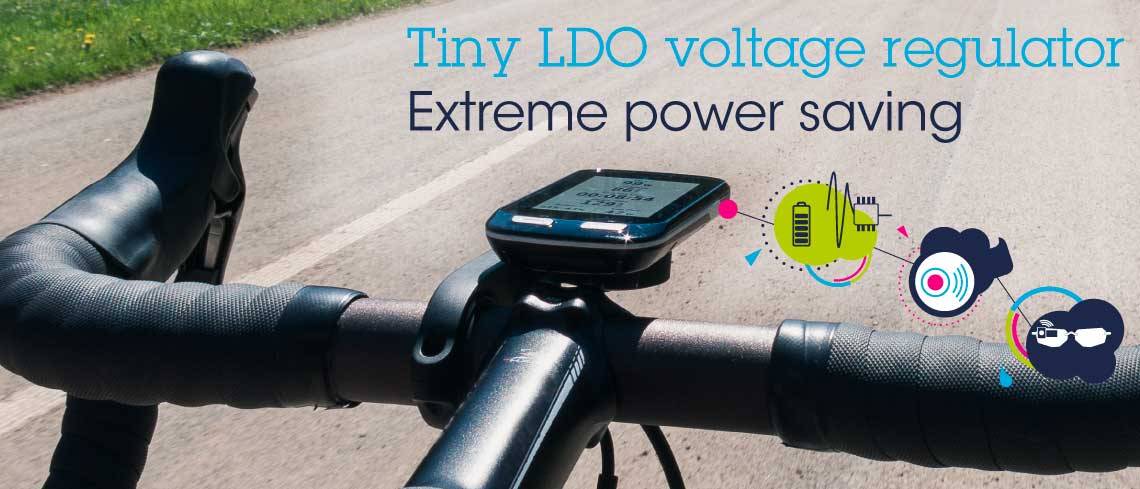
The STLQ020 is a record-breaking LDO. It has the lowest quiescent current today at 300 nA and fast transient response. Its performance is partly due to its new architecture, which enables it to remain stable, even at 100,000 Hz. As a result, it often serves as an example of what the next generation of low quiescent current LDOs can do thanks to their new control loop, and how they will bring more features and power to IoT systems by offering a more stable power management system.
USB-C PD Chargers Everywhere
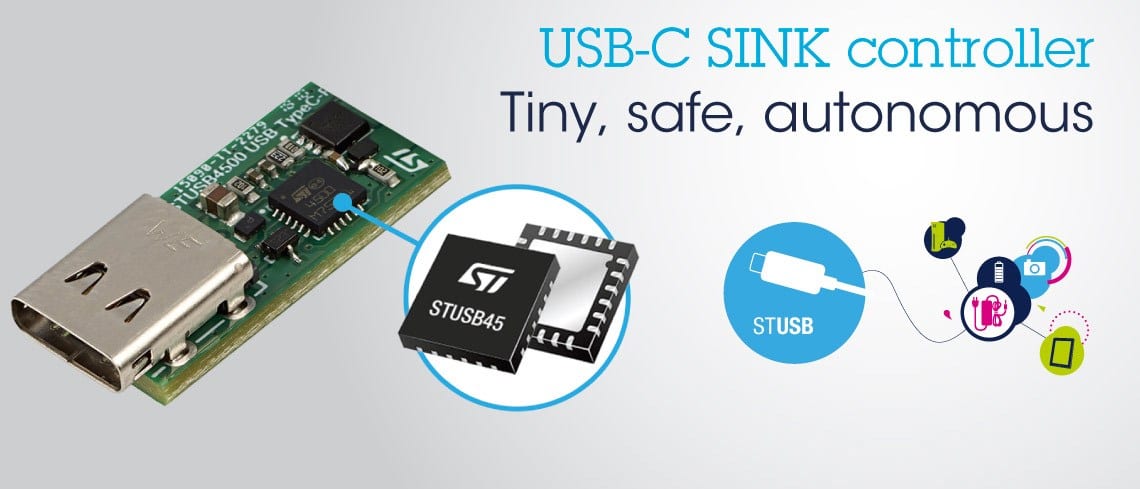
The STUSB4500 is our first sink-only USB-C Power Delivery controller. Its small package and its numerous features mean that more and more products will use this type of connector to charge their batteries or power their applications. It includes multiple power profiles to enable the use of a controller without a microcontroller. Additionally, we also offer a pairing mode to help companies port the power profile of their power supply to our controller’s firmware, thus greatly simplifying manufacturing and making it one of the most flexible devices in the industry.
The White Knight of HDMI Connectors
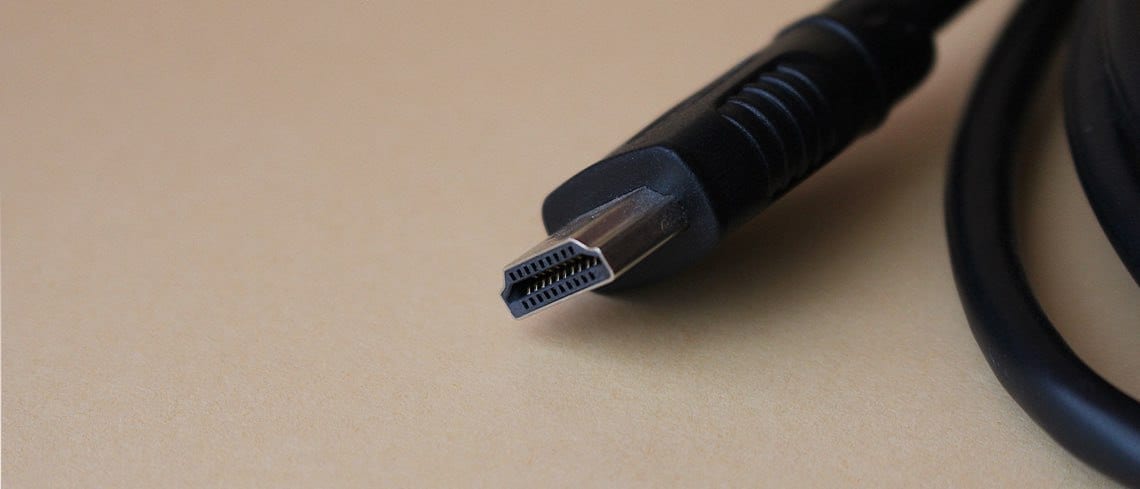
Our latest electrostatic discharge protection (ESD) solutions for HDMI chipsets and connectors are leading the industry. They are ready for HDMI 2.1 and protect against rogue currents, bad cables, and Wi-Fi interferences. The HDMI2C2-5F2, HDMI2C4-5F2 and the ECMF4-2450A60N10 integrate a common mode filter and a dynamic pull-up system that reshapes a signal to rebuild the data link. As a result, even if the signal deteriorates because of poor cables, we can restore it to prevent a loss of picture quality.
The Guardian Angel of Backup Power Supplies
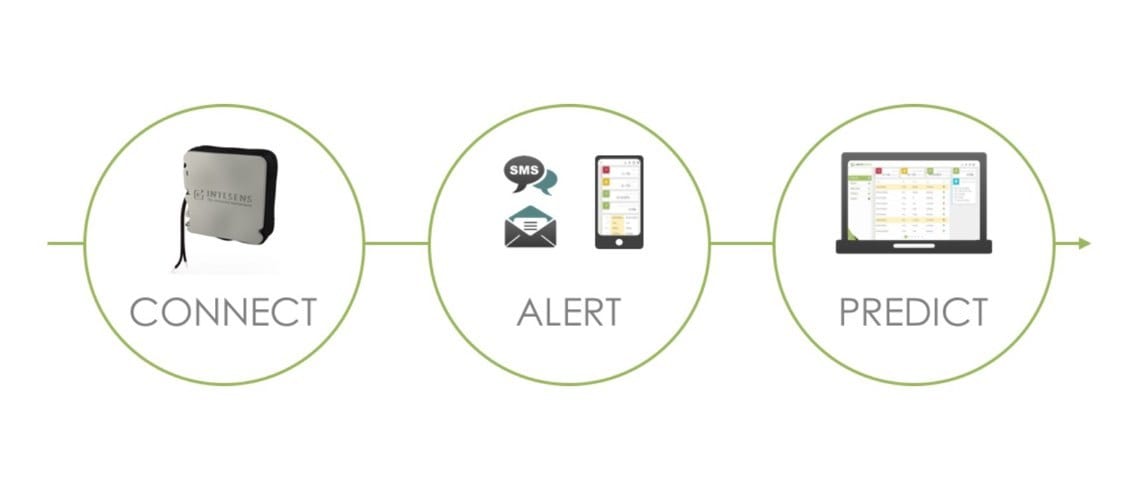
IDIAG Battery from Intesens uses, and STM32L0 and a sub-gigahertz network to monitor the backup power supply of industrial applications and send alerts to the cloud if the system anticipates a malfunction. Similarly, IDIAG Operate observes the electrical behavior of assets to prevent failures. They are highly symbolic because they show the capabilities of an STM32L0 and they were the great examples of what predictive maintenance solutions could look like as companies increase the intelligence within these products.
